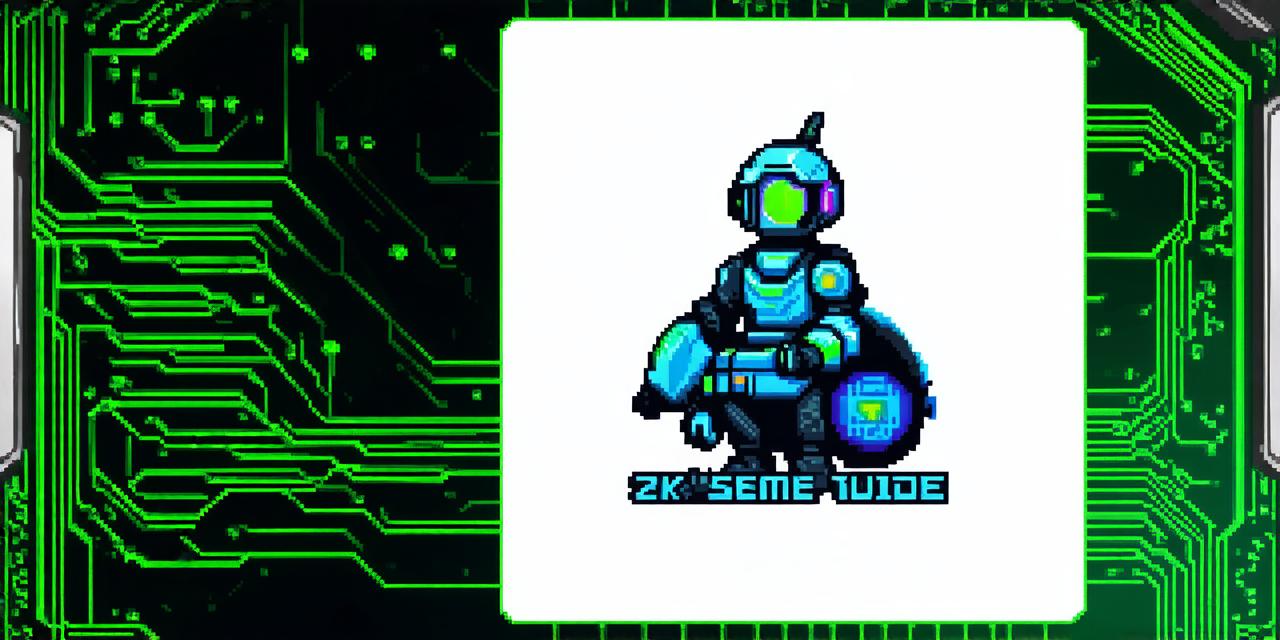Introduction:
Video game design is an exciting and rapidly growing field that requires creativity, technical skills, and a deep understanding of the industry. With the right tools, knowledge, and experience, anyone can learn how to create engaging and immersive games that captivate audiences. In this guide, we’ll explore the key steps involved in creating a video game, from conceptualization to launch. We’ll also delve into the best practices for game design, as well as the latest trends and technologies shaping the industry.
Conceptualization:
The first step in creating a video game is to come up with a compelling idea. This can be anything from a simple concept or storyline to a more complex world-building project. To ensure that your game stands out, it’s essential to conduct thorough market research and analyze your target audience’s preferences and interests. You should also consider the genre of the game, as well as the platform on which you plan to release it (e.g., console, mobile, PC).
Prototyping:
Once you have a solid concept, the next step is to create a prototype or demo version of your game. This can be as simple or complex as you like, depending on your goals and resources. The goal of the prototype is to test your ideas, identify any potential issues, and refine your design before investing too much time and money into the project.
Development:
With a solid concept and prototype in hand, it’s time to start building your game. This is where the technical skills and experience come in handy. Depending on the complexity of your game, you may need to hire a team of programmers, artists, writers, and other experts to help you bring your vision to life. During this phase, you should focus on creating a solid foundation for your game, including the core mechanics, graphics, sound effects, and overall user experience.
Testing:
Before launching your game, it’s essential to conduct thorough testing to ensure that it’s bug-free and ready for release. This can involve playtesting with real users, as well as automated testing tools that simulate various scenarios and conditions. The goal of testing is to identify any issues or bugs that may affect the game’s performance or user experience and fix them before launch.
Marketing:
With your game finished and tested, it’s time to start promoting it. This can involve a wide range of marketing strategies, including social media campaigns, influencer partnerships, and paid advertising. The goal of marketing is to generate buzz and excitement around your game, as well as attract potential players and customers.
Launch:
Finally, after months or even years of hard work, it’s time to launch your game. This can be an exciting and nerve-wracking experience, but with the right preparation and strategy in place, you can maximize your chances of success. During the launch phase, you should focus on building a strong community around your game, engaging with players and fans, and gathering feedback to help improve future updates and expansions.
Best Practices for Game Design:
In addition to following the steps outlined above, there are several best practices that successful game designers follow to create engaging and immersive games. These include:

-
Focus on the player experience (PX): The PX is at the heart of every great game. This includes everything from intuitive controls and smooth performance to compelling storytelling and engaging challenges. By putting the PX first, you can create a game that players will love and return to again and again.
-
Iterate and refine: Game design is an iterative process that involves constant testing, feedback, and refinement. By embracing this mindset, you can create a game that’s constantly evolving and improving based on player feedback and market trends.
-
Stay up-to-date with industry trends: The video game industry is constantly changing, and it’s essential to stay up-to-date with the latest trends and technologies to stay relevant and competitive. This includes everything from new hardware and software platforms to emerging game genres and player preferences.
-
Collaborate with other designers and developers: Game design can be a lonely and challenging field, but by collaborating with other designers and developers, you can tap into their expertise and experience to create even better games.
Summary:
Creating a video game is an exciting and rewarding endeavor that requires creativity, technical skills, and a deep understanding of the industry. By following the steps outlined in this guide and embracing best practices for game design, you can create engaging and immersive games that captivate audiences and stand out in a crowded market. Remember to focus on the player experience, iterate and refine, stay up-to-date with industry trends, and collaborate with other designers and developers to maximize your chances of success.
